Glomerulonephritis, blockage of blood vessels to the kidneys... can cause kidney damage with symptoms such as back pain or blood in the urine.
The kidneys are located on either side of the spine, below the rib cage, with the left kidney slightly higher than the right. The bean-shaped organs are part of the urinary system, filtering waste from the body. They also have many other important functions, such as making a hormone that controls blood pressure.
Kidney pain can be sharp or dull, and not all causes of kidney pain require treatment. It is important to monitor symptoms and seek prompt medical attention. Here are some causes of kidney pain.
Glomerulonephritis
Glomerulonephritis can result from other chronic conditions, such as diabetes and lupus. Severe or long-term inflammation can damage the kidneys. Symptoms include pain in one or both kidneys; pink or dark urine; foamy urine; swelling of the abdomen, face, hands, and feet. Treatment for glomerulonephritis depends on the cause. For example, if you have diabetes, controlling your blood sugar with medication and diet can help treat the inflammation. If your kidneys are severely inflamed, your doctor may prescribe steroids.
Blockage of blood vessels to the kidneys
Blockage of blood vessels to the kidneys is called renal infarction or renal vein thrombosis. This occurs when the blood supply to and from the kidneys is suddenly slowed or stopped. Blockage of blood flow to the kidneys usually occurs on one side. Symptoms include: severe pain in one side or flank; lower back or abdominal pain; blood in the urine.
This serious condition causes kidney damage. Treatment usually involves anticoagulants, which help dissolve blood clots and prevent them from forming again. Anticoagulants can be given in pill form or injected directly into the clot. In rare cases, surgery is needed to remove the clot.
![[Caption]. Photo: Freepik](https://vstatic.vietnam.vn/vietnam/resource/IMAGE/2025/1/20/920303691d16480ea003c498598dcd01)
Kidney pain has many causes but does not always require treatment. Patients can follow a scientific diet and exercise regimen to reduce symptoms. Photo: Freepik
Renal bleeding
Bleeding or hemorrhage is a serious cause of kidney pain. Illness, injury, or a blow to the kidney area often leads to bleeding inside the kidney. Signs and symptoms include: pain in the side and back; abdominal pain and swelling; blood in the urine; nausea and vomiting.
Pain relief and rest can help treat mild kidney bleeding. In severe cases, bleeding can lead to shock, causing low blood pressure, chills, and a rapid heart rate. Emergency treatment includes fluids to increase blood pressure. Surgery can also be used to stop kidney bleeding if the condition worsens.
Dehydration
Not drinking enough water can cause pain in one or both kidneys. Dehydration occurs due to sweating, vomiting, diarrhea... Conditions such as diabetes can also lead to dehydration. Severe or chronic dehydration will cause waste to build up in the kidneys with symptoms including: pain or discomfort in the back; fatigue; increased appetite...
To improve this condition, you need to drink plenty of water and eat water-rich foods such as fresh fruits and vegetables. In addition, you need to drink more water if you drink coffee and other caffeinated drinks. The amount of water you take in depends on your age, climate, diet, and other factors. You should also check the color of your urine to estimate whether your body is hydrated or not. Dark yellow means you need more water.
Kidney stones
Kidney stones are small, hard crystals that build up inside the kidneys, made of salts and minerals such as calcium. Kidney stones can be painful as they move or pass out of the body through urine. Symptoms include: severe pain in the back; sharp pain in the abdomen and groin; pain in one or both testicles; fever or chills; nausea or vomiting; blood in the urine (pink, red, or brown); difficulty urinating...
Kidney stones can be painful, but they are usually harmless and should be treated with painkillers. Drinking plenty of water can also help pass the stones. Larger stones may require surgery to remove.
Polycystic kidney disease
Polycystic kidney disease (PKD) occurs when multiple cysts form in one or both kidneys. It is the fourth leading cause of kidney failure. Symptoms usually begin after age 30. The disease usually affects both kidneys, but pain may be felt on only one side. Signs and symptoms include: pain in one kidney or back; frequent kidney infections; abdominal swelling; high blood pressure... High blood pressure is the most common sign of polycystic kidney disease. If left untreated, high blood pressure can cause further kidney damage.
There is no cure for PKD. Treatment involves controlling blood pressure with medication and following a healthy diet. Patients will also need antibiotics to treat bladder or kidney infections, which can help prevent further damage to the kidneys. Other treatments include pain control and drinking plenty of fluids. In severe cases, some people with PKD need a kidney transplant.
Prostate enlargement
An enlarged prostate is a common condition in men over 40. The gland is located just below the bladder. As the prostate gets larger, it can partially block the flow of urine out of the kidneys, leading to infection or swelling in one or both kidneys, causing pain. An enlarged prostate is usually treated with medication to shrink it. In some cases, radiation therapy or surgery is necessary. Kidney symptoms usually go away when the prostate returns to its normal size.
Sickle cell anemia
Sickle cell anemia is a genetic condition that changes the shape of red blood cells. It can damage the kidneys and other organs. This leads to kidney pain and blood in the urine. People can use medications to treat the effects of sickle cell anemia. Bone marrow transplants can also relieve symptoms.
As You Wish ( According to Healthline )
Source link


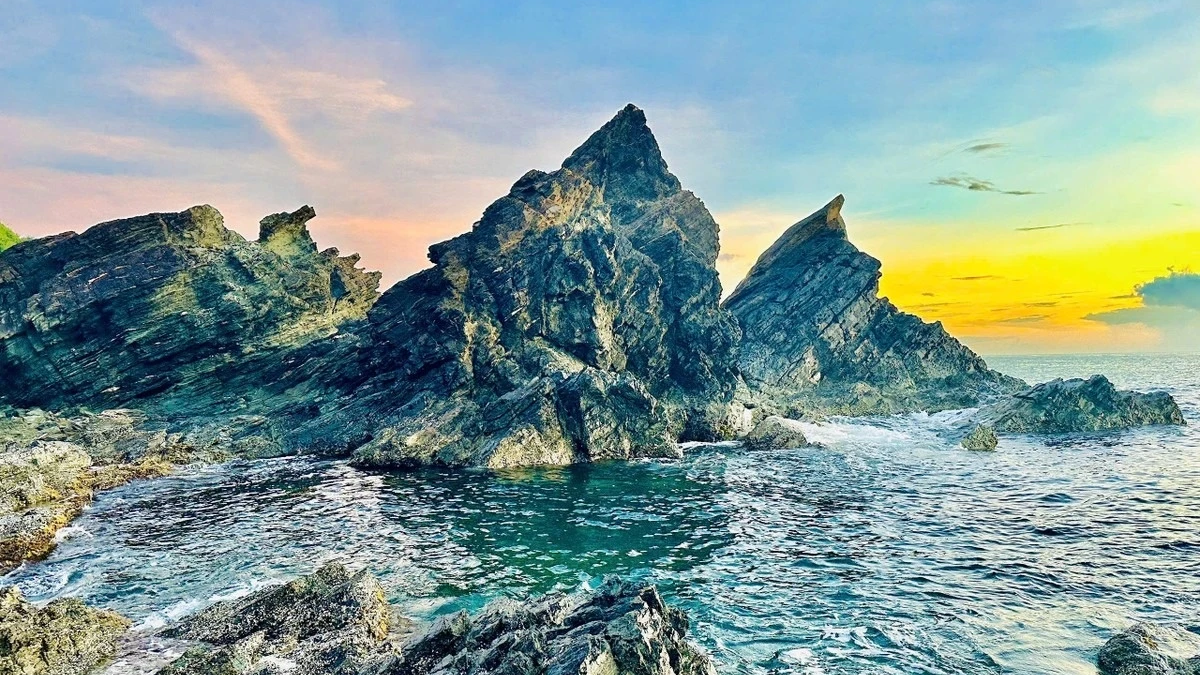





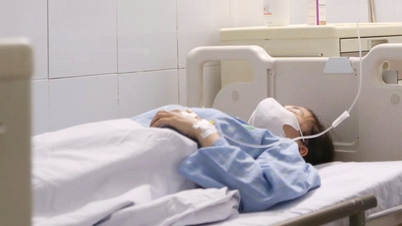

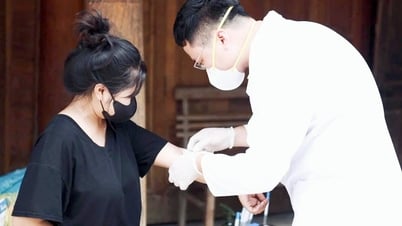
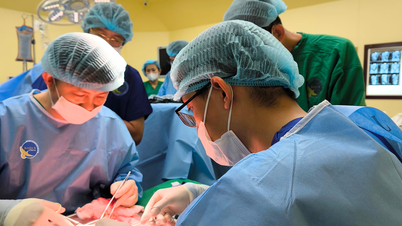



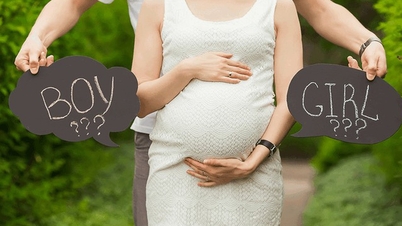
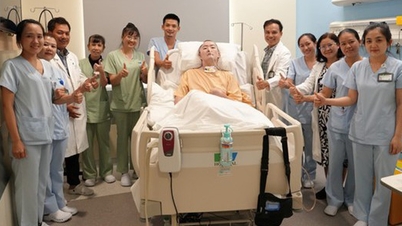







































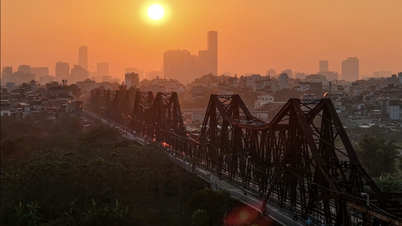













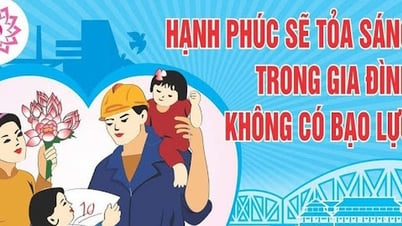




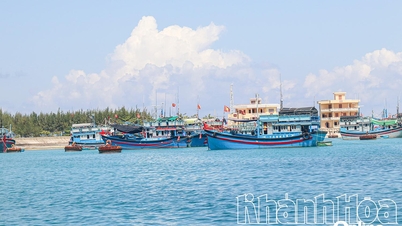

















Comment (0)